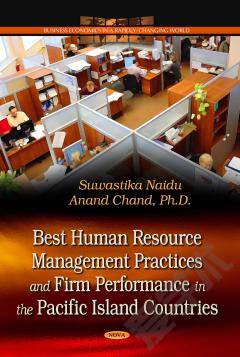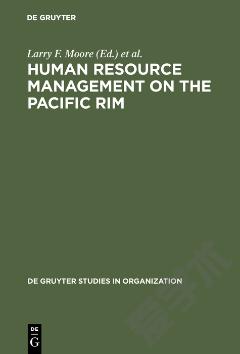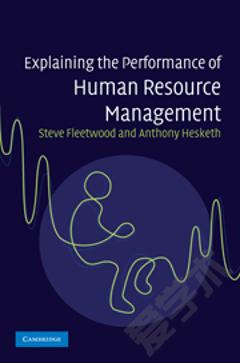Best Human Resource Management Practices and Firm Performance in the Pacific Island Countries
The main objective of this research is to develop the ‘best HRM practices and firm performance model for the PICs’ and test it in three selected PICs (Fiji, Samoa and Tonga). Based on the limitations of the four major theories of HRM and SHRM, this book has extended the four major theories of HRM and SHRM; namely, the Universalistic perspective, Contingency Perspective, Configurational Perspective and Contextual Paradigm. The findings of this book showed that the Contingency Perspective, Configurational Perspective and Contextual Paradigm all apply to the luxury hotels and upmarket hotels in Fiji, Samoa and Tonga. A new perspective of HRM and SHRM has emerged from the ‘best HRM practices and firm performance model for the PICs’ that have been tested in this book. This new perspective of HRM and SHRM is named as ‘Interactive Interdependent Contextual Perspective’. There are three reasons for naming it that. This new perspective of HRM and SHRM is largely relevant to the PICs rather than rich developed countries (USA, UK and Japan) and large developing countries (China and India). The reason for the limited applicability of the this perspective is that this one recognises that HRM practices in the PICs cannot influence the internal environmental factors and external environmental factors unique to the PICs. For example, the research findings of this book show that internal environmental factors and external environmental factors unique to the PICs moderate rather than mediate the relationship between systems of best HRM practices and HRM outcomes.
{{comment.content}}








 京公网安备 11010802027623号
京公网安备 11010802027623号